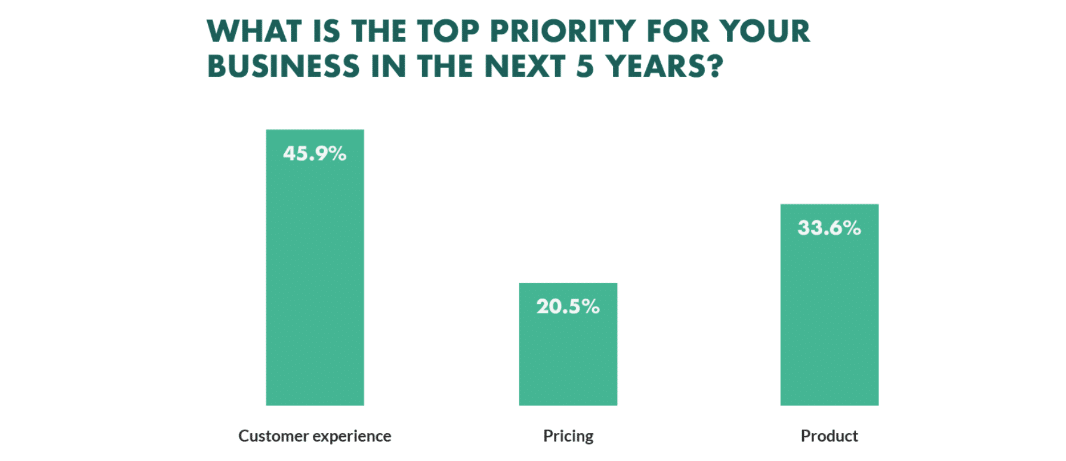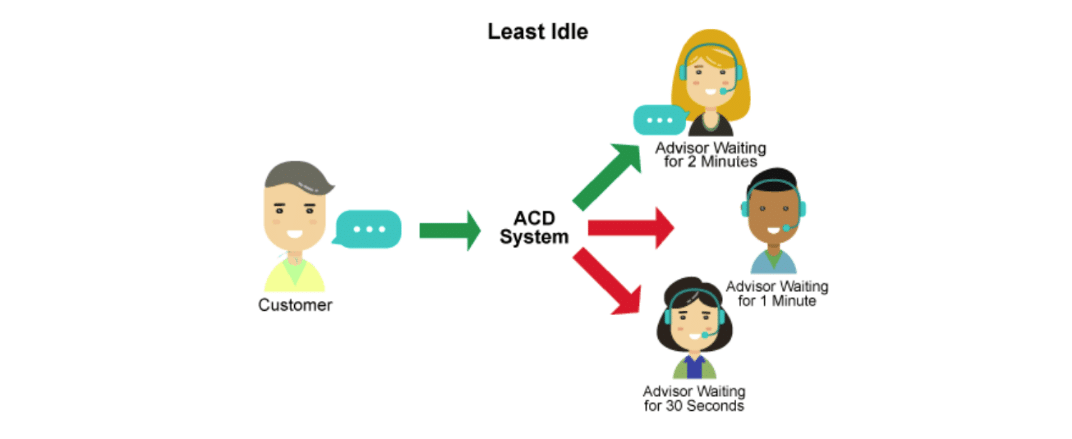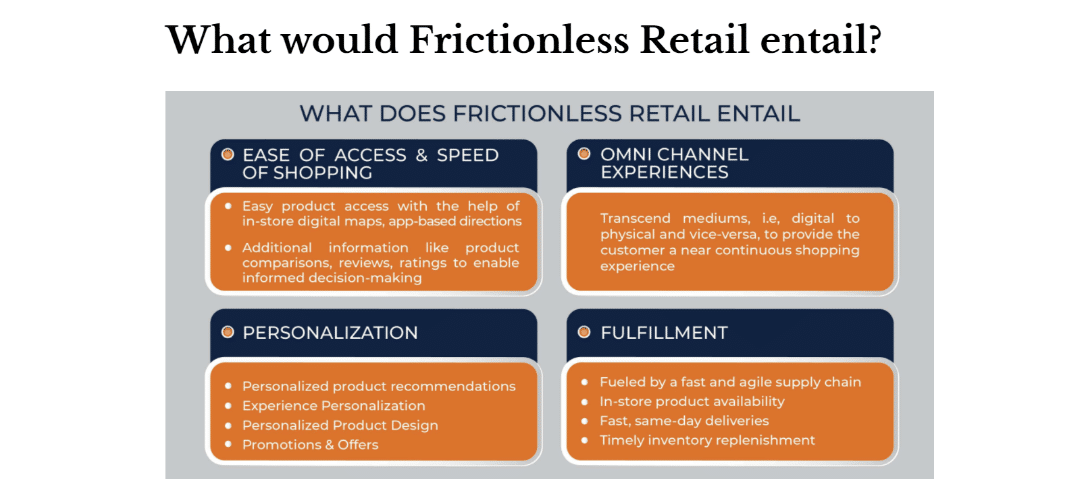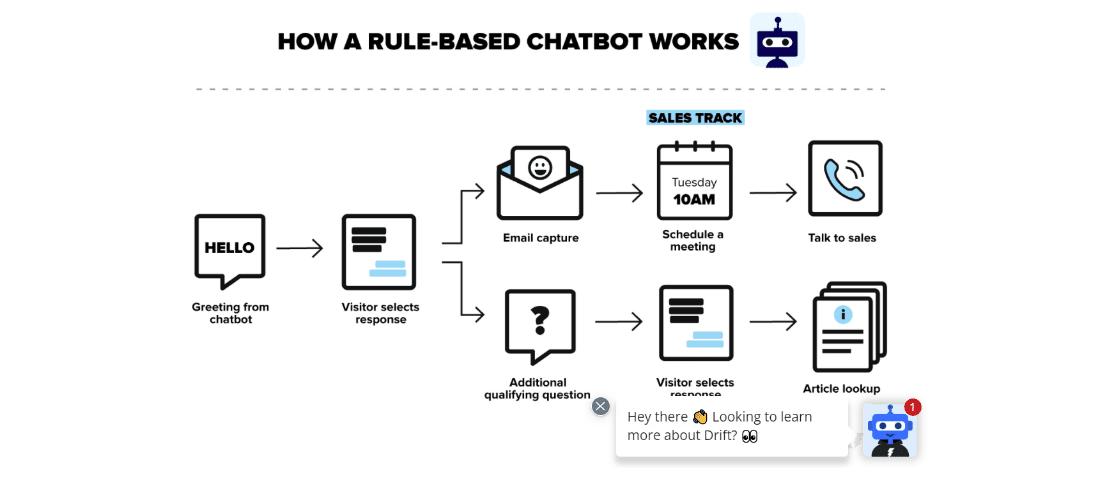Identifying and resolving customer pain points sets you apart from your competitors and shows them you care. By focusing on their pain points, you can establish strong relationships with customers, and boost their customer experience (CX)—something that’s become a number one priority for all businesses today.
Marketers talk a lot about “pain points”, however, the term is not always properly understood. In this post, we’ll take a look at what we mean by customer pain points, how to identify them, and how to go about solving them.
What is a customer pain point?
A customer pain point is a specific problem a customer or prospect experiences in the marketplace. This problem could be to do with anything they experience during their customer journey. If you want to identify your customers’ pain points you’ll need to dig deep and examine your customer interactions, since they can be diverse. You’ll need to put yourself in your customers’ shoes and think as they think.
Types of pain points
Pain points can be grouped together into categories to make things easier. Your customers might experience the pain points in the following areas:
-
Productivity
A pain point in this category could be down to the customer requiring a more streamlined experience with your company.
To solve this pain point marketers could reduce the number of steps at check out or implement new customer service technology such as call routing. This should reduce friction and provide a higher level of customer satisfaction.
Marketers also need to focus on the company’s products and the value they give to customers.
As a marketer, you need to ask how your products help customers to optimize their time? How are they making customers more productive? Are your items more convenient than other, perhaps more expensive, products? These factors will make your products more engaging and attractive to prospective buyers.
For existing customers, the more positive their experience with your products the more likely it is they’ll use it to ensure they’re comfortable using your products.
-
Support
Are your customers getting the best customer service from you when they’re purchasing items? If your workforce management call center isn’t up to scratch and they can’t get quick answers to their questions they may decide to shop elsewhere.
-
Finance
These kinds of pain points include instances when customers face problems involving finances. Marketers need to look at areas that could be changed to reduce these pain points, examples being:
- Where subscription plans are too expensive
- Products are of too low a quality and need to be frequently replaced
- Customers get an unwelcome surprise at checkout in terms of final price
- Fees jump up unexpectedly after a certain period of time
-
Process
These can involve any areas where your business is creating friction for a buyer. They may be frustrated, for example, that your customer service agents are only available during weekdays and not at weekends. From a marketing point of view, you may be providing lackluster digital experiences, for example, customers may be finding it difficult to access the right information on your website. Make sure your customer experience (UX) is up to scratch by testing out the functionality on your website.
Customers prize convenience above all else so if you’re not providing them with a friction-free digital marketing experience they’ll switch to another brand.
How to identify your customers’ pain points
Now we’ve looked at the types of pain points that customers encounter we’ll move on and look for ways of finding out what your customers’ pain points are.
-
Qualitative market research
Qualitative market research can help you dig down into how customers feel about your brand. It allows them to describe in detail what they like and dislike. Qualitative research can provide you with more than just the yes and no answers. When you’re aiming to discover pain points there are often many gray areas that vary considerably between individuals.
By allowing customers to fully explain their pain points you can pin down those which are more common and those which aren’t representing serious buying blocks. Make sure you ask customers the right questions by imagining yourself in your customer’s situation. You may discover pain points you’ve never considered before by asking open-ended questions and allowing people to go into extended detail.
-
Get feedback from customer service and sales reps
Staff on the frontline talk to customers every day and they can provide an invaluable source of information around customer pain points. Make clear that it’s your customers’ pain points you need to address rather than their’s. If an agent’s systems aren’t working that’s definitely something that needs addressing.
How to resolve customer pain points
Now you know what we mean by customer pain points and have a headstart on how to go about identifying yours, you need to know how to offer solutions to them. This will differ depending on whether you run an SaaS link building agency or an ecommerce store in terms of what the pain point is and how you can remedy it.
As a general example, however, your research may indicate that customers are finding it difficult to access the information they need.
Having trawled through your website and visited your “Contact us” page they may send an email and potentially won’t get a response for several days. Or they may have encountered long waiting times for calls or been unable to call at all because your support desks are only open at restricted times.
As a marketer, it’s your job to address these issues by encouraging your company to move to a more omnichannel software solution that offers customers a more flexible level of customer support. Chatbots, live chat, and contact field forms for example will help customers with their most pressing problems.
Other pain points can be addressed quite simply. For example, if a common pain point is that customer service reps are rude, or that customers feel that they’re not being listened to, or put on hold too frequently, you can put steps in place to re-train staff or upgrade your telephony system.
To sum up
Customer expectations are changing. Customers value excellent service more than ever and they expect to receive a frictionless experience from start to finish at all touchpoints along their customer journey.
From a marketing point of view, there’s no time to lose when it comes to uncovering your customers’ pain points and developing a plan for addressing them.








